The Great Full Moon Festival (정월대보름 한마당)
7.4Km 2025-02-05
37 Samcheong-ro, Jongno-gu, Seoul
+82-2-3704-3106
The National Folk Museum is celebrating the first full moon of the Lunar new year, Jeongwol Daeboreum. A variety of experiences are prepared to eliminate bad luck and pray for prosperity and health. The event provides a chance for locals and tourists alike to learn more about the traditional culture of Korea.
Samcheong-dong Street (삼청동길)
7.4Km 2025-01-22
107 Samcheong-ro, Jongno-gu, Seoul
It is said that Samcheong-dong was named from the story about the three "cheong" (Chinese character meaning clean) of the area, namely the mountain, water, and people. Another theory is that the origin of the region's name came from Samcheongjeon Hall where three tablets called "Taecheong," "Sangcheong," and "Okcheong," were set up based on Taoism. Samcheong-dong Street features a mixture of old scenes of hanok buildings with traditional beauty and modern scenes of galleries and cafés, creating a unique atmosphere. Visitors can feel the abundant cultural mood at every corner of the street through the art galleries, museums, antique shops, and quiet pathways.
Gimbap Nara (김밥나라)
7.4Km 2021-03-18
53, Hangang-daero Yongsan-gu Seoul
+82-2-796-1439
This Korean cuisine is located near Yongsan Station, Seoul. The representative menu is gimbap. You can eat a variety of Korean dishes served fast without hurting your wallet.
Kangbuk Samsung Hospital (강북삼성병원)
7.4Km 2025-07-29
29 Saemunan-ro, Jongno-gu, Seoul
Established in 1968, Kangbuk Samsung Hospital has over 50 years of history and is taking a new leap forward with a vision for its centennial year.
Through partnerships with renowned institutions, such as Johns Hopkins Hospital in the United States and the BBDC in Canada, the hospital delivers advanced medical services while leading the public health arena. It is also committed to systematic research and the development of ICT-integrated digital healthcare, which will be the foundation for future medicine. With an excellent infrastructure that includes clinics and specialized centers (e.g., the Diabetes Center, Breast and Thyroid Cancer Center, Digestive Cancer Center, Musculoskeletal Disease Center, and Prostate Center), Kangbuk Samsung Hospital provides top-quality medical services focused on providing patients with satisfactory treatments.
Sooyeon Sanbang (수연산방)
7.4Km 2024-10-14
8 Seongbuk-ro 26-gil, Seongbuk-gu, Seoul
Sooyeon Sanbang is a traditional tea house located in Seongbuk-dong. It was originally built during the Japanese colonial period and was the hanok of the literary figure Lee Taejun. Today, it is operated as a tea house by the writer's granddaughter. The name Sooyeon Sanbang means "a house where literati gather in the mountains." Visitors can enjoy traditional teas such as daechucha (jujube tea) and ssanghwacha (medicinal herb tea), along with snacks like injeolmi (bean-powder-coated rice cake).
Lee Seo-yun Hanbok (이서윤한복)
7.4Km 2020-04-11
7, Hyoja-ro, Jongno-gu, Seoul
+82-2-735-4250
Lee Seo-yun Hanbok seeks hanbok that blends both traditional Korean and western designs. It not only weaves fabrics for its own hanbok, but dyes them as well. The main items cover party dresses, wedding dresses, ornaments, cushions, and sitting cushions. Lee Seo-yun, the owner of the store, was responsible for clothing and ornaments shown in the Korean soap opera, Iljimae and his works have appeared in many soap operas, traditional Korean dance performances and fashion shows as well.
Gyeongbokgung Palace Jagyeongjeon Tea Ceremony (경복궁 자경전 다례체험행사)
7.4Km 2020-03-12
161, Sajik-ro, Jongno-gu, Seoul
• 1330 Travel Hotline: +82-2-1330 (Korean, English, Japanese, Chinese) • For more info: +82-2-3210-4683
This traditional tea ceremony experience takes place at Jagyeongjeon Hall in Gyeongbokgung Palace every Saturday and Sunday. Participation is by reservation on a first come, first serve basis.
The ceremony includes a tea culture demonstration and experience, making honey cakes, traditional etiquette introduction, and lectures related to tea culture. To participate in the tea ceremony, download the application form from the Korea Cultural Heritage Foundation website and submit the form through email.
Palace Royal Guard Changing Ceremony (수문장 교대의식)
7.4Km 2025-07-11
161 Sajik-ro, Jongno-gu, Seoul
+82-2-3210-1645
In the Joseon dynasty, the royal guards of the palace were gatekeepers who were responsible for guarding the the main gates of Gyeongbokgung Palace as well as the main gates of the city such as Heunginjimun Gate and Sungnyemun Gate. The royal guards worked in shift duties and were in charge of opening and closing Gwanghwamun Gate. Before the royal guard system was enforced in 1469, the palace gates were protected by soldiers of the central army. The Palace Royal Guard Changing Ceremony held at Gyeongbokgung Palace and the Gwanghwamun area reenacts the guard-changing procedure that took place during the Joseon dynasty, along with the reproduction of costumes and weapons, based on historical records.
Mongchon Museum of History (몽촌역사관)
7.4Km 2021-08-13
424, Olympic-ro, Songpa-gu, Seoul
+82-2-2152-5900
The Mongchon Museum of History, located within Olympic Park, displays artifacts from the excavations of Mongchontoseong Fortress, such as earthen fortifications as well as other artifacts of the Baekje Kingdom period, offering a glimpse into Baekje culture. A model of a Baekje dugout hut site reveals ancient dwelling patterns. Also, the facility displays a perfectly preserved model of ancient houses and tombs, giving visitors the feel of traveling back to prehistoric ages.
Olive Young - Naebang Station Branch [Tax Refund Shop] (올리브영 내방역)
7.4Km 2024-04-22
184, Bangbae-ro, Seocho-gu, Seoul
-
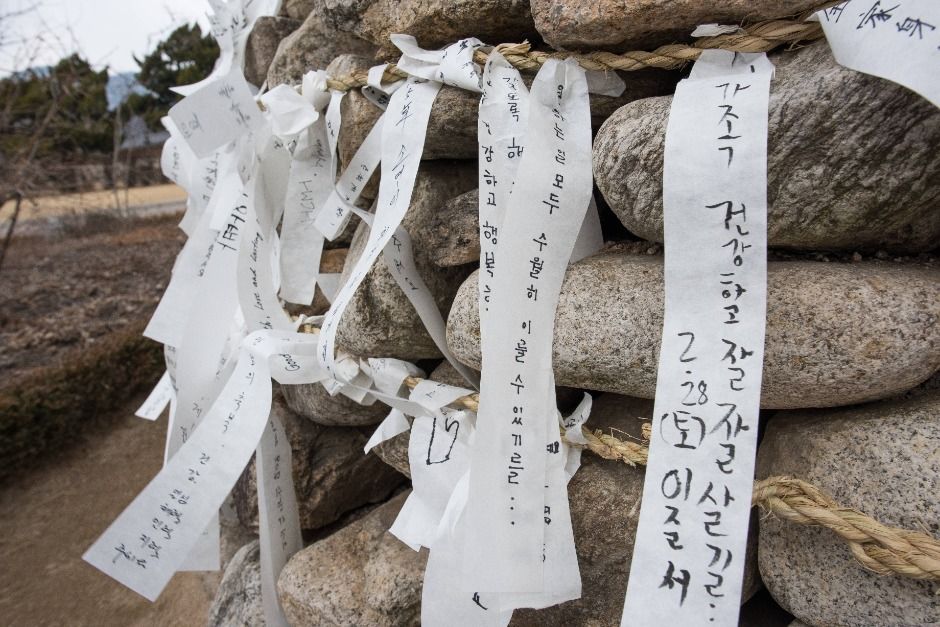

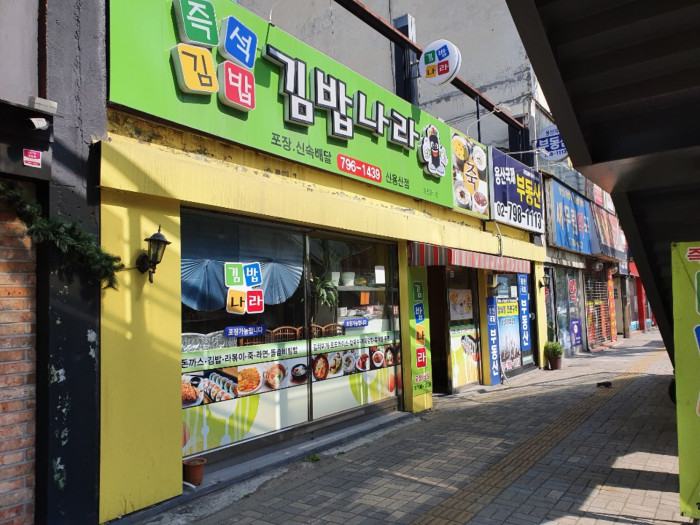
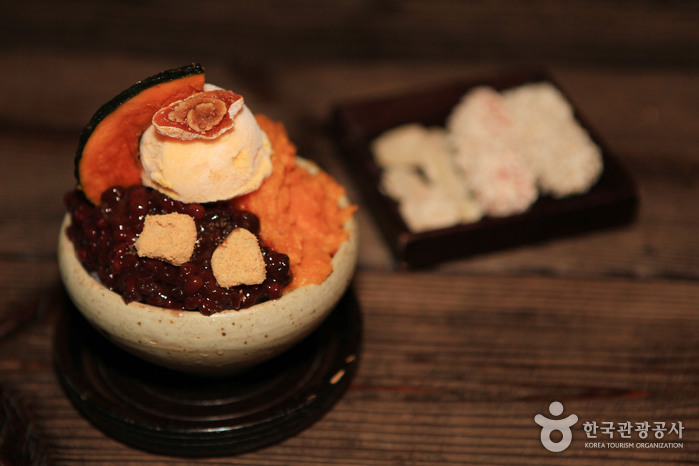
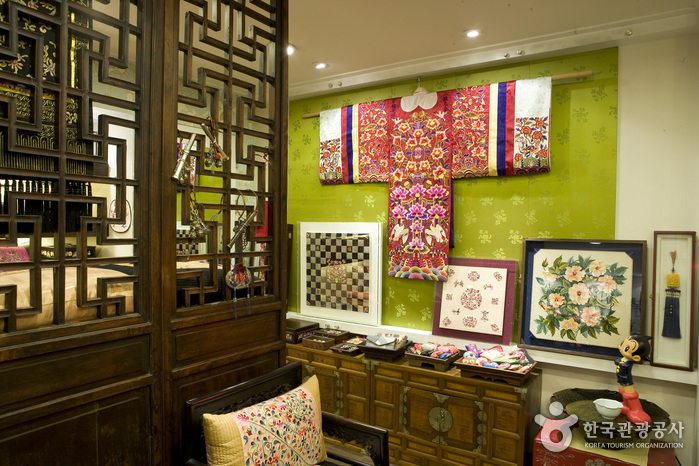
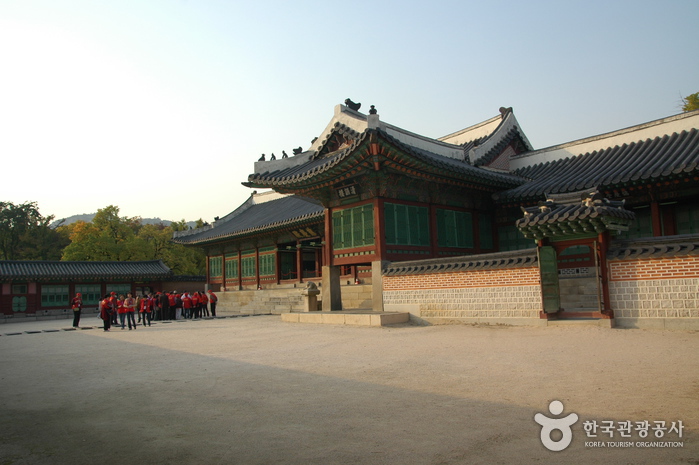
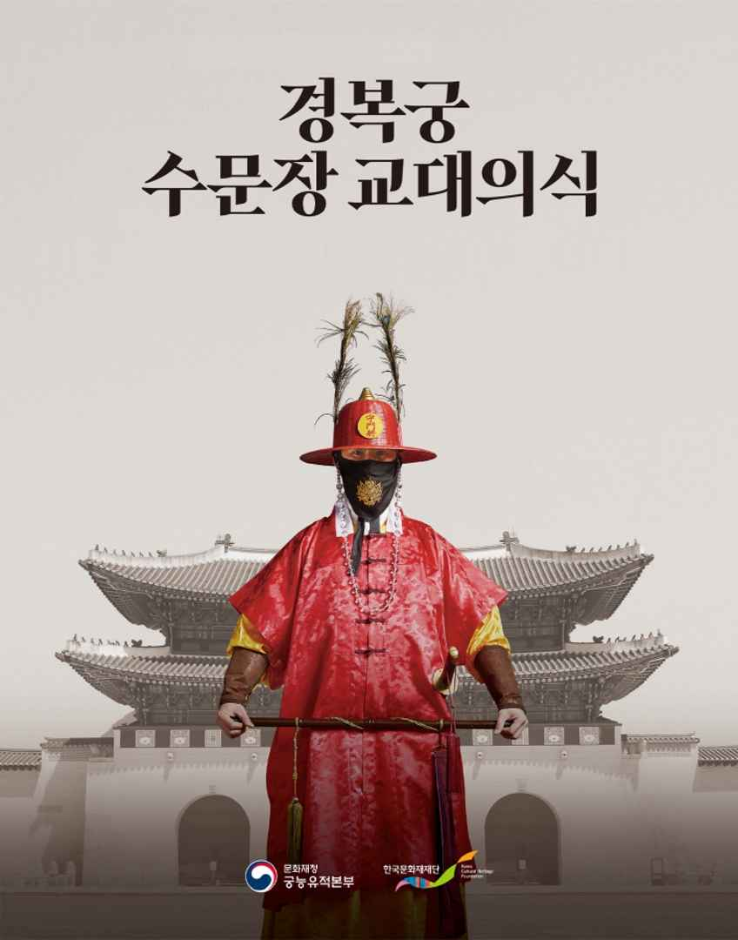
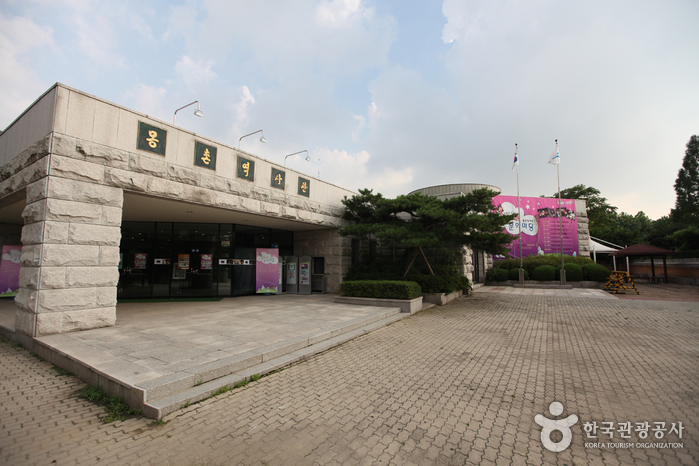
![Olive Young - Naebang Station Branch [Tax Refund Shop] (올리브영 내방역)](http://tong.visitkorea.or.kr/cms/resource/83/2889483_image2_1.jpg)
 English
English
 한국어
한국어 日本語
日本語 中文(简体)
中文(简体) Deutsch
Deutsch Français
Français Español
Español Русский
Русский